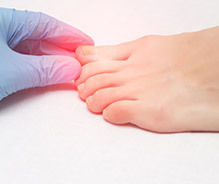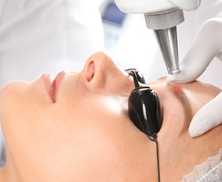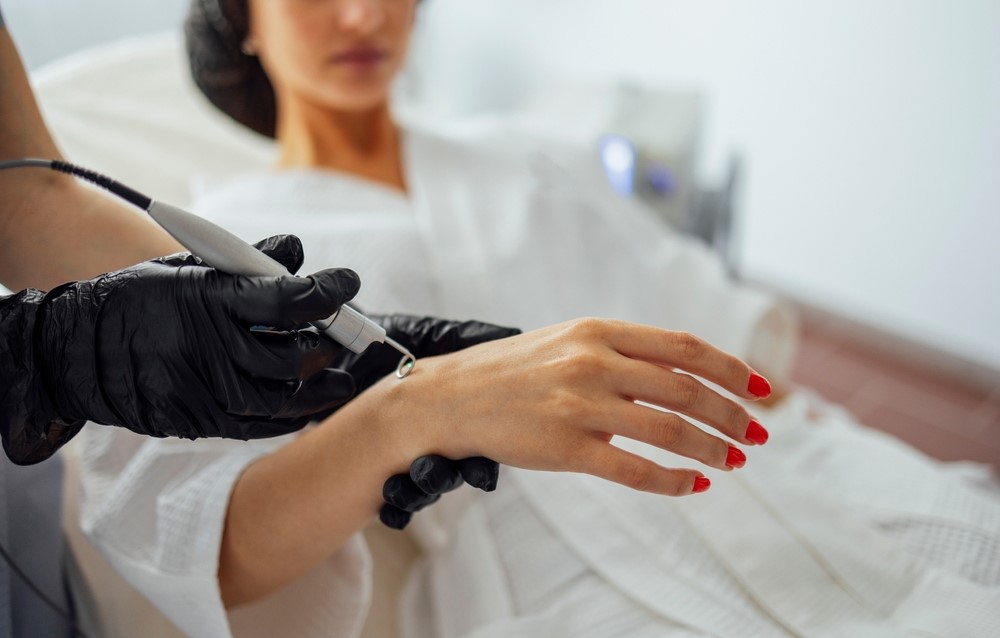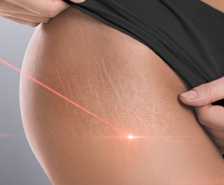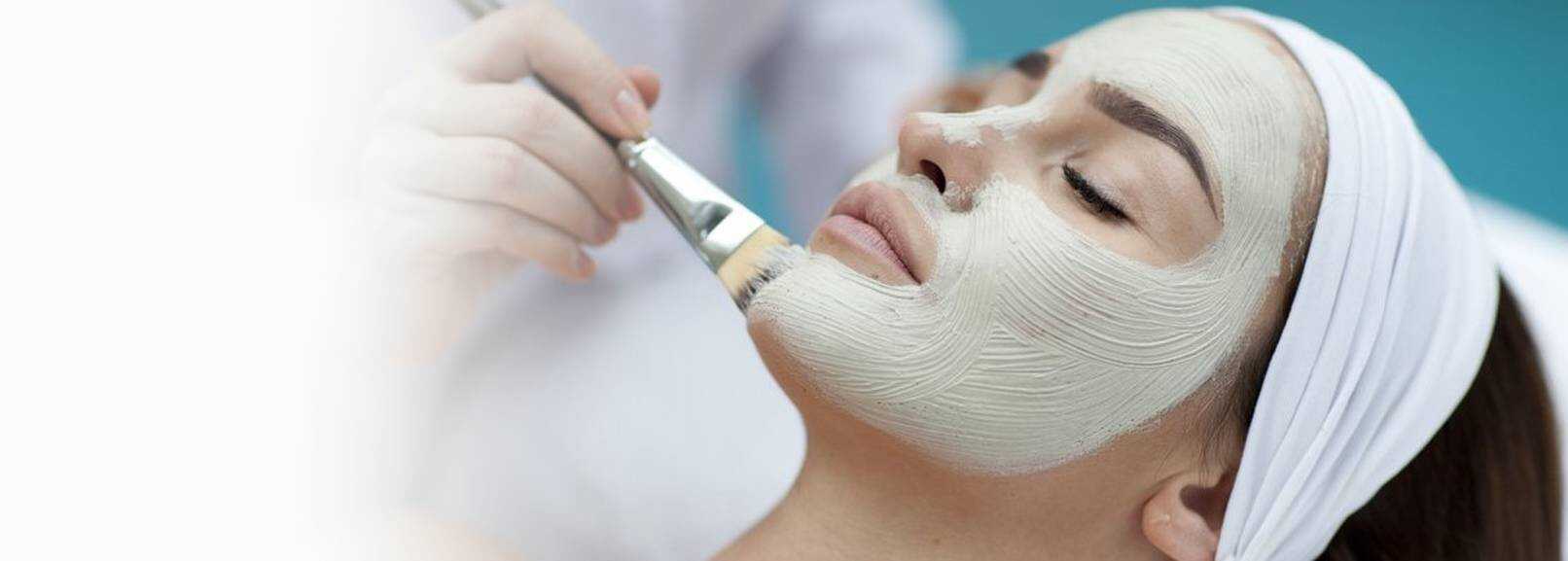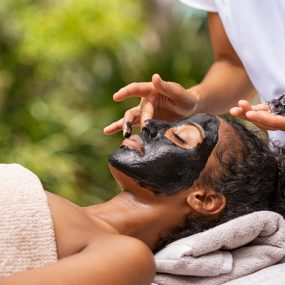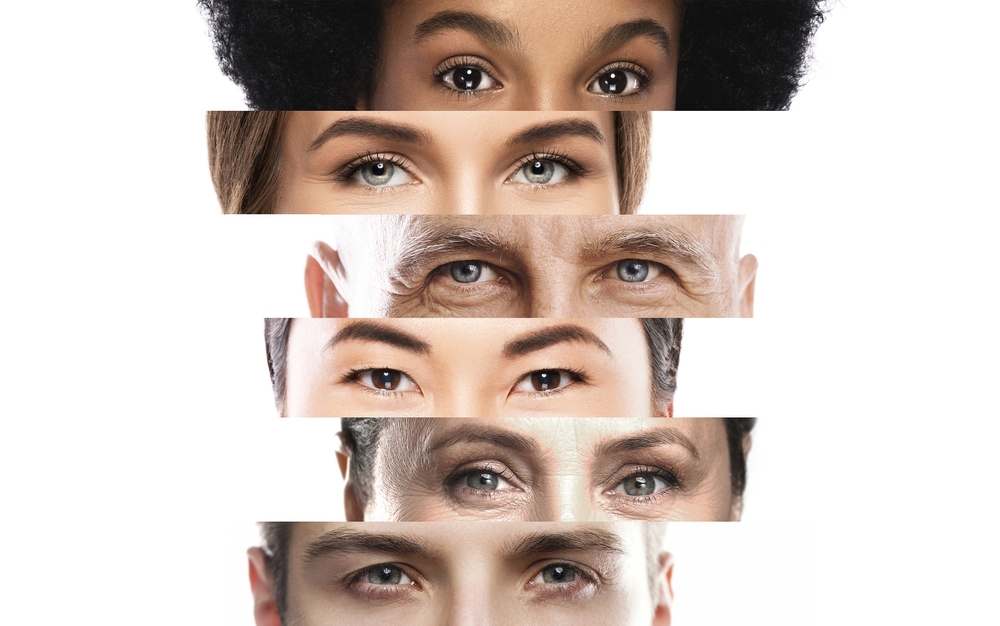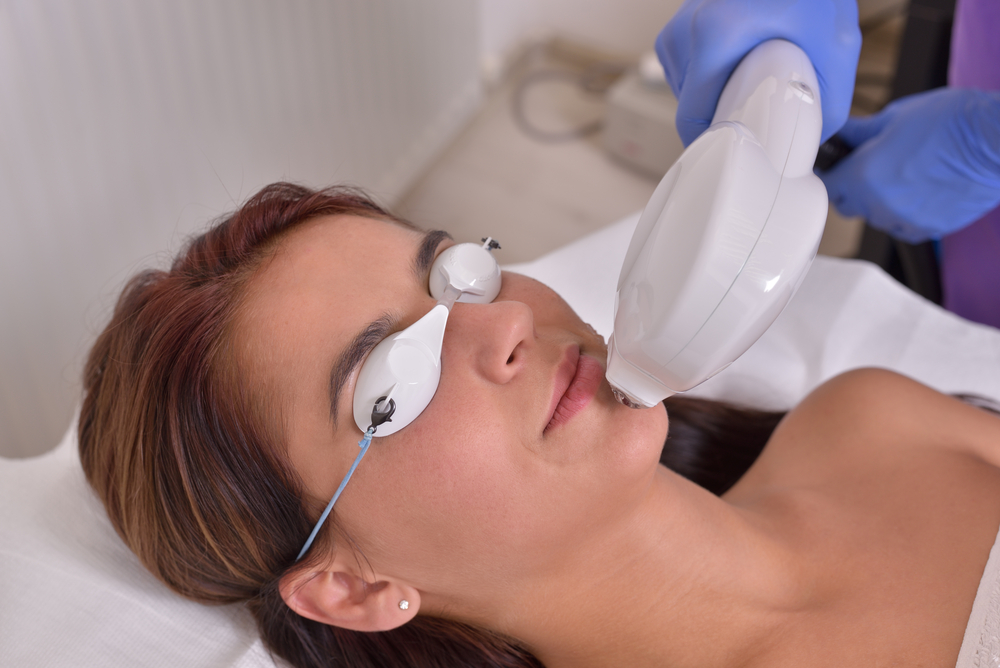Most of us remember the last time we had an injury or battled with acne because we now have a lasting scar. Although some scars fade over time, they never truly heal. Leaving behind an unsightly mark, scars can often have a negative effect on your self-confidence. In today’s blog, we’ll take a look at the different types of scars and how to treat them. How to treat different types of scars with medical treatments.
The Different Types of Scarring
Although scars come in a variety of shapes and sizes, they all share a common cause: the loss of collagen due to trauma or injury. Scar tissue is composed of collagen fibres, but unlike regular tissue, scar tissue has inferior functionality and lacks elasticity. The type of scar you develop is influenced by a number of factors including the cause of the injury, the location of the wound, skin tone, and hormones.
Hypertrophic Scars
A result of an overproduction of collagen, hypertrophic scars appear as pink mounds of tissue. They usually develop 4 to 8 weeks after a wound has healed and continue to thicken for 18 months. Once they have settled down, hypertrophic scars do look less noticeable but they never truly fade on their own. Caused by the development of excess tissue, hypertrophic scars are raised in appearance and pink in colour.
Keloid Scars
Keloid scars, often referred to simply as keloids, are a more severe form of excessive scarring than hypertrophic scars. Unlike other scars, keloids continue to grow beyond the original wound site, often forming large masses or benign tumours. Keloids can be triggered by a number of causes including surgery, acne, an accident, and body piercings. Although anyone can develop keloids, dark-skinned individuals are far more susceptible to this type of scarring.
Atrophic Scars
Caused by the loss of underlying supporting structures such as muscle, fat or collagen. This type of scars are sunk below the surrounding area of tissue, giving them a pitted appearance. Often associated with acne and chickenpox, they can also be caused by other diseases, surgery, and as the side effect of certain insect or spider bites.
Professional Scar Removal Treatments
You can’t manage the look of old scarring because it has healed, making over-the-counter products an ineffective treatment option. Instead, you should invest in a professional treatment that will effectively diminish the look of your scars. We have over 17 years of experience treating a variety of skin concerns and offer a range of treatments to treat scarring.
Derma White Treatment
The exclusive Derma White Treatment is ideal for removing scarring. It’s recommended especially for darker skin tones because it effectively treats the scar tissue and any hyperpigmentation accompanying it. Combining advanced laser technology with a natural skin peel, the Derma White Treatment doesn’t use any harsh chemicals, glycolic acid, or other ingredients that irritate or bleach the skin. Instead, the treatment works to safely and naturally improve your skin tone and diminish scarring.
Continuing theme of an all natural approach this is a safe and effective treatment, it offers results comparable to those of a chemical or glycolic acid peel without any of the risks or side effects. Made up of powerful marine and botanical actives found in sea week algae and herbs, the Derma White Treatment hydrates and nourishes your skin, working in harmony with your skin to repair it.
Dermabrasion Treatment
Collagen Induction Therapy
Collagen Induction Therapy is an effective method of treating scars, especially atrophic facial scars. Like laser treatments and naturally active peels, the Collagen Induction Therapy treatment promotes scarless healing and natural collagen production but without the side effects or extended downtime associated with other treatments. This method of microneedling gently stimulates collagen production to rejuvenate your skin without burning, dissolving or abrading it.



